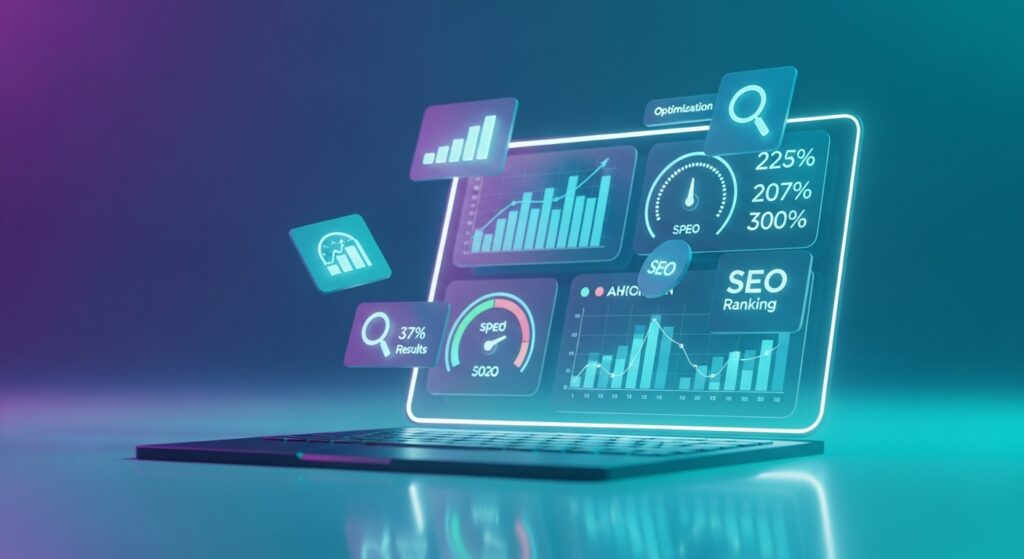
Optimizing Sites for Speed & SEO in 2025
Whether you’re running a business, managing an academy, or building a personal brand, getting both speed and SEO right is no longer optional. It’s the key to attracting more visitors, turning them into loyal customers, and keeping your online presence thriving.
Why Site Speed Matters More Than Ever
Internet users have become more impatient than ever. Studies show that if a page takes longer than three seconds to load, more than half of visitors leave immediately. Search engines like Google recognise this, which is why site speed is now a confirmed ranking factor.
In 2025, with mobile-first indexing and AI-driven ranking models, Google rewards websites that deliver fast, smooth, and responsive experiences across all devices.
Faster websites lead to:
- Better user engagement
- Lower bounce rates
- Higher search rankings
- Improved conversion rates
In 2025, with mobile-first indexing and AI-driven ranking models, Google rewards websites that deliver fast, smooth, and responsive experiences across all devices.
How Speed Affects SEO
Search engines analyse multiple aspects of your site’s performance before ranking your pages. Factors such as Core Web Vitals, server response time, and mobile responsiveness play a crucial role.
Here’s how speed directly influences your SEO:
- Crawl Efficiency: Faster-loading pages make it easier for search engine bots to index your website.
- User Experience (UX): Google’s algorithm prioritises sites that offer seamless browsing and quick access to information.
- Mobile Optimisation: Since most users browse on their phones, Google evaluates how your site performs on smaller screens.
- Engagement Metrics: Longer dwell time, fewer bounces, and higher click-through rates all come from good speed optimisation.
If your website is slow, even great content can go unnoticed.
Top Strategies to Optimise Your Site for Speed
Let’s explore some key techniques you can implement today to ensure your website performs at its best.
1. Optimize Images
Large images are one of the main reasons for slow page load times. Compress your images using tools such as TinyPNG or Squoosh, and adopt modern formats like WebP. Always resize images to the exact dimensions needed on your page instead of uploading oversized files. This simple step can dramatically improve loading speed and overall user experience.
2. Use a Reliable Hosting Provide
3. Enable Browser Caching
4. Minimize Code and Scripts
5. Leverage a Content Delivery Network (CDN)
6. Optimize for Mobile
7. Regularly Test Your Site Speed
- Google PageSpeed Insights
- GTmetrix
- Pingdom Tools
- Use SEO-Friendly URLs: Short, descriptive URLs improve click rates and indexing.
- Write Optimized Meta Titles and Descriptions: Keep your titles under 60 characters and descriptions under 160 characters with clear keywords.
- Add Structured Data (Schema Markup): This helps Google understand your content and display rich snippets.
- Use Internal Linking: Connect related blog posts and pages to improve crawl depth and user navigation.
- Focus on Quality Content: Even the fastest site won’t rank without valuable, relevant, and user-focused content.
The Future of SEO and Speed in 2025
Final Thoughts
Optimising your website for both speed and SEO in 2025 isn’t just a technical task; it’s a growth strategy. Every extra second of delay costs you visitors and potential customers. By improving load times, streamlining your design, and implementing strong SEO practices, you build a website that search engines value and users trust.
If you’re just getting started, take it one step at a time: compress your images, audit your site speed, and monitor your SEO performance regularly. The results will speak for themselves.







Responses